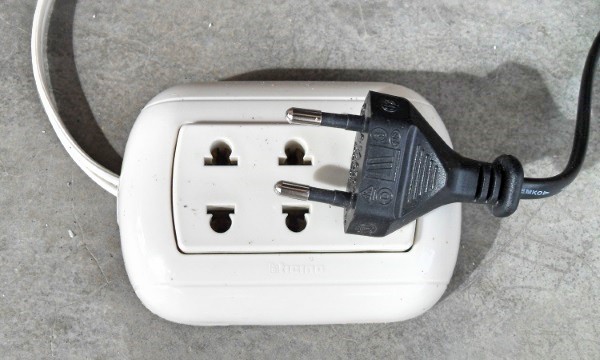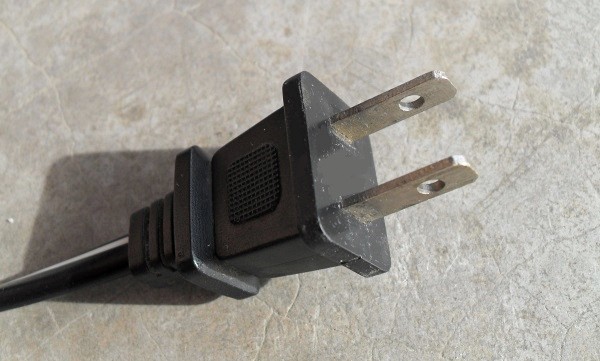It’s worth knowing the key details about the electrical current and plug sockets in Peru before you travel. Arriving in a country only to find that your electrical appliances won’t work is annoying — even worse is to accidentally destroy them by plugging into the wrong kind of outlet or current.
Peru is safe to travel to with no restrictions in place. Be aware of pick pockets in major tourist areas.
You can use USD or Peruvian Soles in most places. Be aware of high charges for ATM machines.
Visit the Tourist Information Center in Lima for money exchange, sim cards, maps and more.
Latam Airlines are best airline for internal flights, others cancel a lot.
Peru Hop is most reviewed and highest rated travel company. Website very detailed and full of useful info. Read more HERE.
Machu Picchu – book in advance (ticket, train, guide, bus all needed). Tours are strongly recommended to save money and stress and avoid potential problems at entry to Machu Picchu.
Visit findlocaltrips.com for full info on Machu Picchu Tour options (1day, 2 day or more). Click HERE.
To read the most frequently asked questions for travel in Peru in 2024 click HERE.
The supply voltage in Peru is 220 volts at 60 hertz (in the USA, electricity is supplied at between 110 and 120 volts). Before you plug in any appliance that you’ve brought from home, make sure it can handle it. A great way to kill a 110-volt appliance is to fry it at 220 volts.
If you’re traveling with a laptop in Peru (or a cell phone, smartphone, tablet etc.), there’s a good chance it will accept both 110 and 220 volts (it’s a dual voltage device), but always check beforehand. If you have an appliance that won’t take 220 volts, here are your options:
Travel voltage converters are a bit bulky, but it may be your best option. If you need one, buy it before you leave for Peru (you can buy travel voltage converters on Amazon for between US$10 to $40).
If you stay in expensive hotels, you might find a special 110-volt socket in your room or bathroom, designed explicitly for foreign electrical devices. But don’t expect such luxuries in standard hotels and hostels.
There are two types of plugs in Peru (with corresponding electrical outlets):
Looking to travel Peru? Now is the perfect time to start planning your trip to Peru! And it seems like for many, the perfect start to their trip is one of the Day Trips from Lima operated by Peru Hop!
Keep your phone and other devices charged up by traveling on Peru Hop, the only bus company in Peru with USB charging ports on every bus.
Electrical outlets in Peru are often designed to incorporate both plug types (see first image below).

A round-prong plug as used in Peru. The electrical outlet accepts both round- and flat-pronged plugs (photo © Tony Dunnell)

A Peruvian Type A plug with two flat parallel prongs, as used throughout Peru (photo © Tony Dunnell)
If you’re packing appliances that do not fit either socket (such as a UK three-pronged plug), you’ll need a plug adapter. I use a FujiFilm World Travel Adapter, which doesn’t seem to be available right now but looks very similar to this Tektalk Universal World Travel Adapter. It might be a bit excessive if you’re only going to one country, but it’s compact and perfect if you’re planning on traveling throughout South America or beyond. It also adapts to both plug socket types used in Peru.
You can also buy plug adapters with built-in surge protectors. That extra layer of protection can be a wise investment, especially if you’re traveling in Peru with expensive electrical equipment.